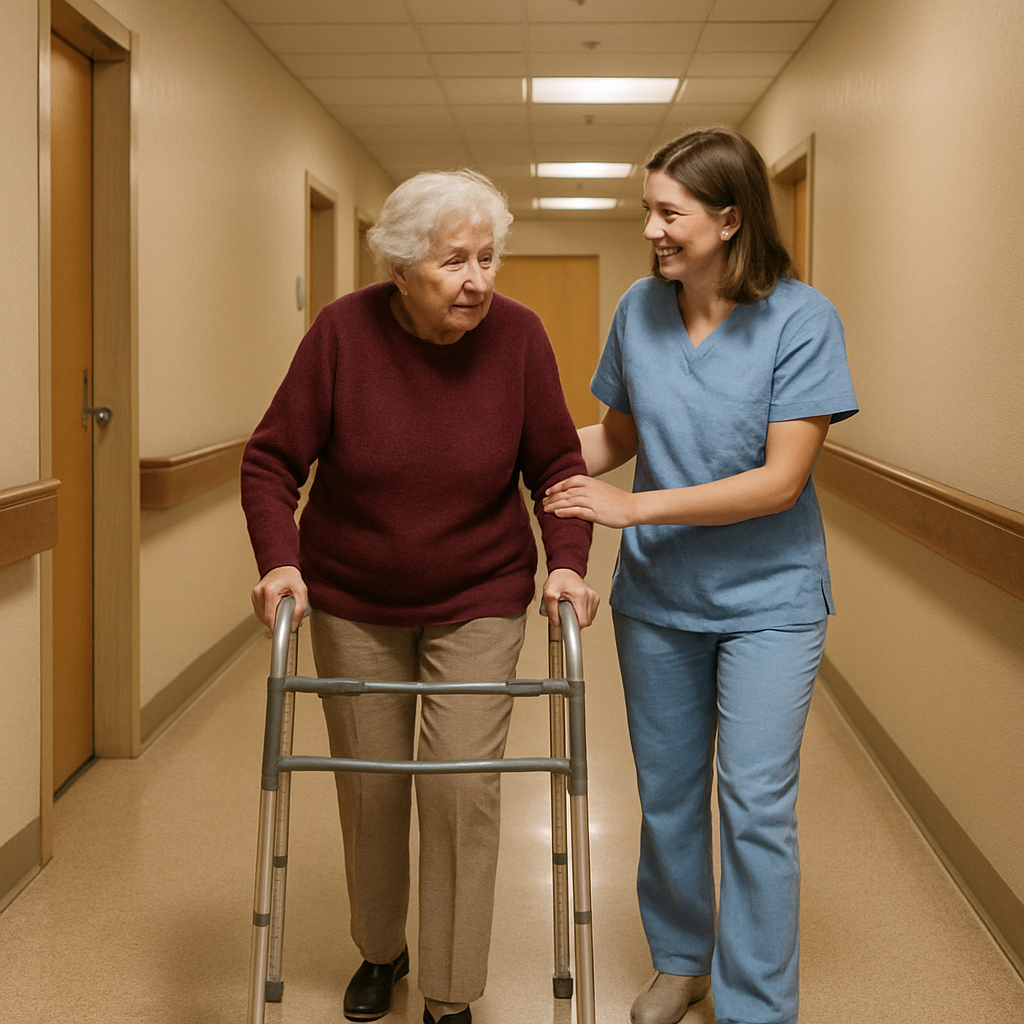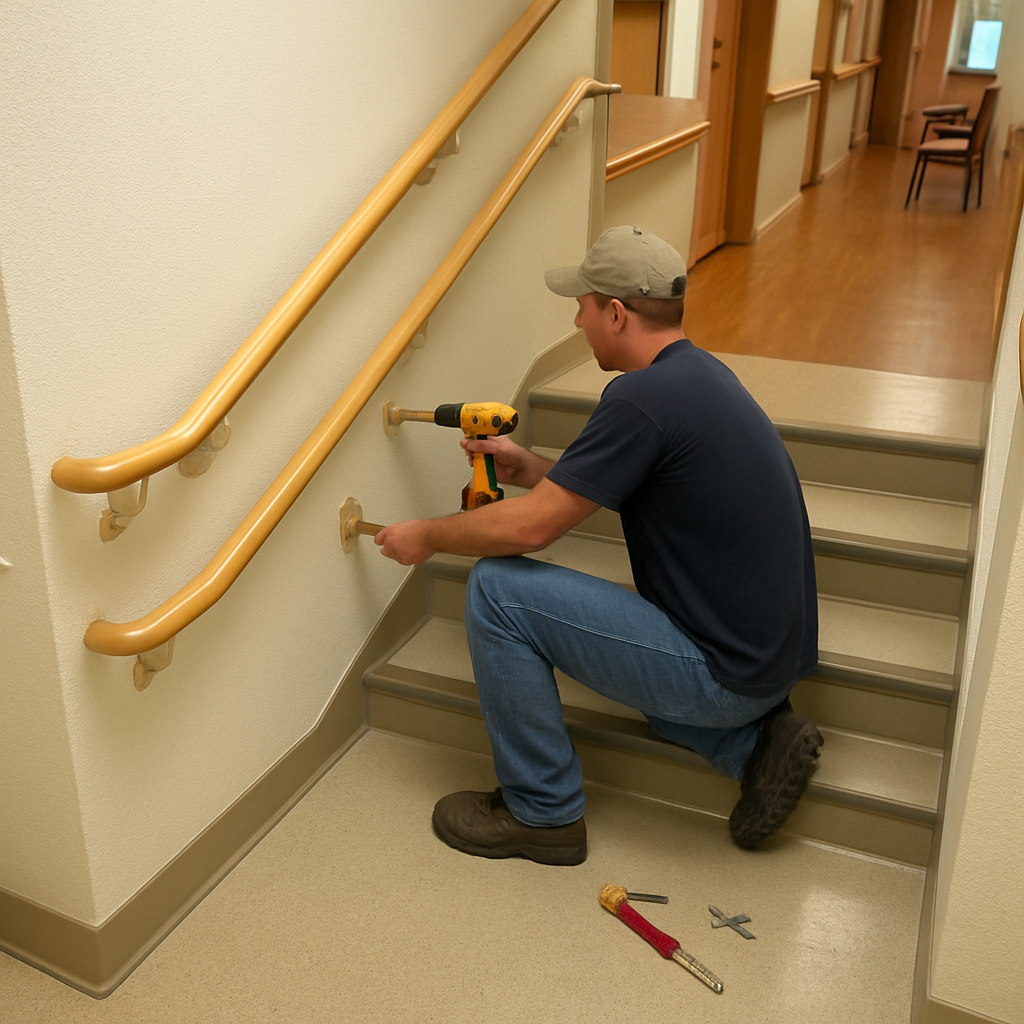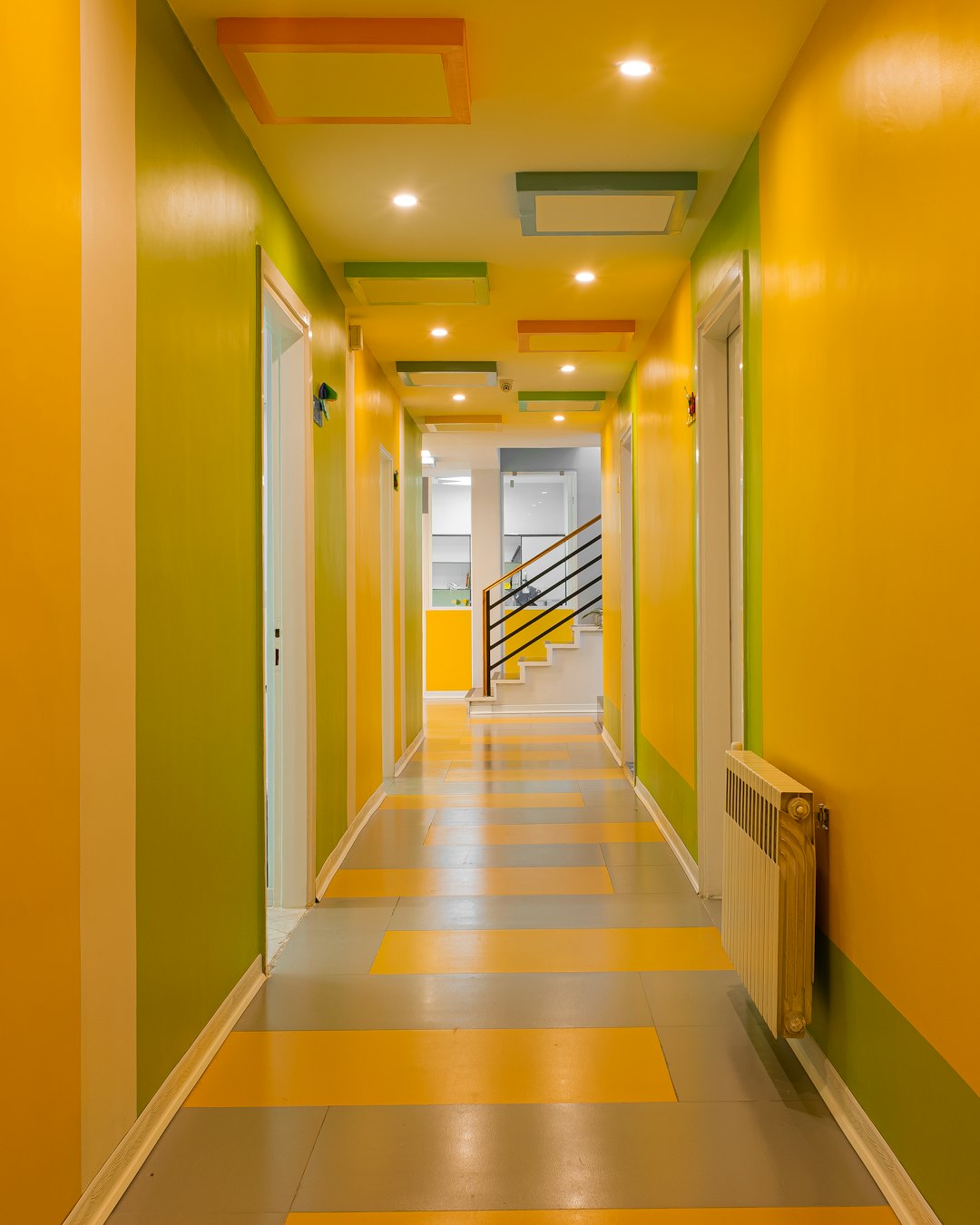 Service Hotline:13510328459
Service Hotline:13510328459
 205-206, 2nd Floor, Building 2, Xiazao Village Industrial Zone, Gaofeng Community, Dalang Street, Longhua District, Shenzhen City
205-206, 2nd Floor, Building 2, Xiazao Village Industrial Zone, Gaofeng Community, Dalang Street, Longhua District, Shenzhen City
 Service Hotline:13510328459
Service Hotline:13510328459
 205-206, 2nd Floor, Building 2, Xiazao Village Industrial Zone, Gaofeng Community, Dalang Street, Longhua District, Shenzhen City
205-206, 2nd Floor, Building 2, Xiazao Village Industrial Zone, Gaofeng Community, Dalang Street, Longhua District, Shenzhen City
Time:2025-09-09 Preview:
When it comes to the safety and well-being of nursing home residents, every detail matters. One often overlooked yet crucial element of ensuring safety is the installation of dual-level handrails. These handrails are essential in providing stability and support to elderly residents, particularly those with mobility challenges. In this article, we will explore the importance of dual-level handrails in nursing homes, how they enhance safety, and what you need to know about their installation.
Safety in nursing homes is paramount. As individuals age, their physical abilities can decline, making them more susceptible to falls and accidents. According to the Centers for Disease Control and Prevention (CDC), falls are a leading cause of injury among older adults. This statistic underscores the need for effective safety measures in nursing environments. Dual-level handrails are a critical part of these measures, offering both physical support and peace of mind to residents and staff alike.
Dual-level handrails are designed with two different heights to accommodate a range of users. The lower rail is accessible for those in wheelchairs or shorter individuals, while the upper rail provides support for taller residents or those who prefer to stand while walking. This design ensures that everyone, regardless of height or mobility level, has access to the support they need.
Enhanced Stability and Support: Dual-level handrails offer continuous support for residents as they move around the facility. This is especially important in hallways, ramps, and staircases where slips and falls are more likely to occur.
Inclusivity: By catering to residents of different heights and mobility needs, dual-level handrails promote inclusivity and independence among nursing home residents.
Increased Confidence: Knowing that there is reliable support available can boost a resident's confidence in moving around the nursing home, which can have positive effects on their overall well-being.

Installing dual-level handrails in a nursing home requires careful planning and consideration of several factors to ensure they are both effective and compliant with safety standards.
The material of the handrail is crucial for both durability and safety. Common materials include stainless steel, wood, and aluminum. Stainless steel is often preferred for its strength and resistance to corrosion, making it suitable for high-traffic areas. Wood can provide a warmer aesthetic, but may require more maintenance.
When installing handrails, it is essential to comply with local building codes and regulations. These regulations often specify the height, spacing, and strength requirements for handrails to ensure they provide adequate support. Consulting with a professional installer who is familiar with these regulations can ensure compliance and prevent costly modifications in the future.
The placement of dual-level handrails is another crucial consideration. Handrails should be installed along all major walkways, staircases, and ramps. Additionally, they should extend beyond the top and bottom of stairs and ramps to provide support before and after the elevation change.

While dual-level handrails are a significant safety feature, they work best when integrated into a comprehensive safety plan. This includes regular maintenance checks to ensure that handrails are secure and free from damage. Loose or damaged handrails can pose a hazard rather than a help, so prompt repairs are essential.
Training both staff and residents on the proper use of handrails is an important step in maximizing their effectiveness. Staff should be trained to assist residents in using handrails and to recognize any potential hazards. Residents should be encouraged to use handrails consistently and to report any issues they encounter.
Conducting regular safety audits can help identify any areas where safety improvements are needed. This proactive approach ensures that all safety features, including dual-level handrails, are functioning correctly and providing the intended level of support.

Consider the case of Green Meadows Nursing Home, which recently upgraded its safety features by installing dual-level handrails throughout its facility. Prior to the upgrade, the home experienced several resident falls each month. Since the installation, falls have decreased by over 50%, and both residents and staff report feeling more secure.
The facility's management attributes this success to the inclusive design of the handrails, which cater to all residents, and the comprehensive safety training provided to both staff and residents. Green Meadows' proactive approach to safety has made it a model for other nursing homes looking to enhance their safety measures.
Dual-level handrails are a vital component of nursing home safety, providing essential support and stability for residents. By understanding the benefits of these handrails and ensuring their proper installation and maintenance, nursing homes can significantly reduce the risk of falls and create a safer, more inclusive environment for everyone.
When planning for the installation of dual-level handrails, consider the specific needs of your facility and consult with professionals to ensure compliance with all safety regulations. By prioritizing safety, nursing homes can improve the quality of life for their residents and provide peace of mind for their families.
